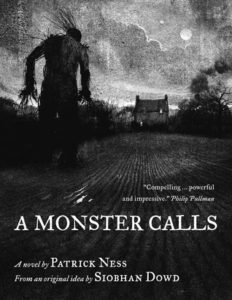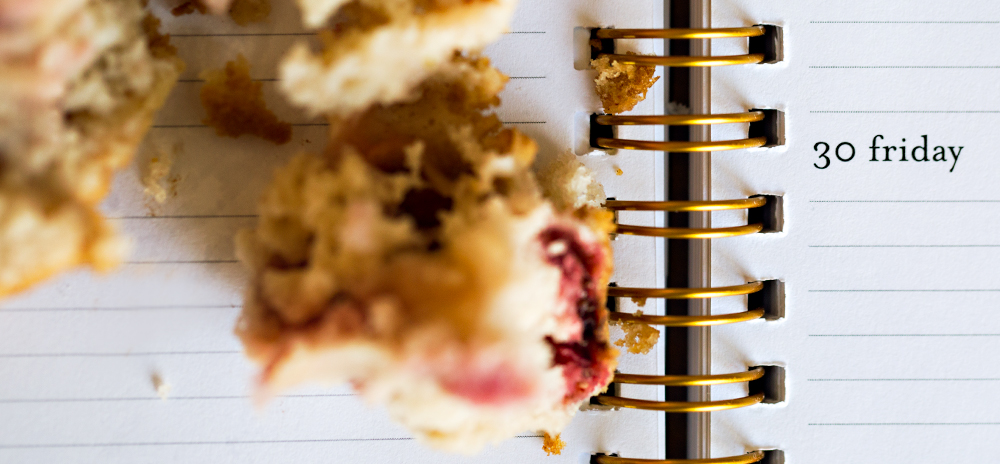As I think back on this year, it seems like joy and grief have been holding hands.
On the one hand, I’ve received far more grace and love than I deserve, not to mention my share of sticky kisses and toddler snuggles.
On the other hand, there has been altogether too much death for one year. The deaths weren’t entirely a surprise, and I know many people have experienced much greater loss. But by my reckoning, any number of deaths feels like one too many.
This year we lost our little Mo, the baby we never got to meet. We lost my funny, kind, smart grandpa—the one we’d lost for the first time over a decade ago to dementia. And last week we lost my beloved friend and mentor, Ruth.
I don’t know about you, but sometimes it helps if I can put a label on what I’m feeling. Maybe it’s an illusion, but I feel like I can start to untangle an emotion when I can call it by name.
Bereft. I looked it up, and it sounds about right to describe the hollow place that has carved itself out just below my esophagus. “Bereft (adjective): lacking something needed, wanted, or expected.”
I still needed you, Ruth.
I wanted you, Mo.
I expected to have you for just a little longer, Grandpa.
And now I find myself lacking.
One of the problems with grief is that you can’t schedule it. It rears its messy head at awkward, inconvenient times, precisely when you don’t expect it or when you’re not wearing waterproof mascara. You go to the funeral, you attend the burial, you walk through the good-bye ceremony, and you think grief will fit in the box you’ve made for it. But it turns out you can’t plan out when you’re going to feel sad. You can’t put it on the calendar and then be done with it.
***
On a brisk November morning, just after Ruth’s funeral, I told Graham, “Okay, let’s put on our coats. We’re going outside to plant hope.” I had work to do and emails to answer and laundry to fold. But those things would have to wait.
So I grabbed a shovel and started chipping away at the stubborn November ground.
“Do you know what this is?” I asked Graham after we’d dug forty holes and unearthed approximately a dozen worms.
“Onion,” he said proudly.
A fair enough guess. The brown bulb looked much more like a shriveled-up onion than a daffodil. I’ve seen plenty of spring blooms in my lifetime, but even I found it hard to believe this little lump would burst out of the ground in golden glory four months from now.
Isn’t that the way hope is? It seems irrational—impossible, even. It doesn’t take root right away. It’s something we plant today with the wild idea that it will bloom after a long winter.
Hope, it turns out, isn’t one of those splashy flowers that gets planted in May and then disappears with the first frost. No, hope is a perennial. You plant it now, when the ground is hard and cold. And you trust that by some miracle, you will reap an eternal spring.
I don’t know what you need hope for today. But I urge you to dig in, even though there are no blooms yet. Dig in, believing that winter won’t last forever. Dig in, and bask in a little bit of tomorrow’s sunshine today.
The snow, like all other deaths, had to melt and run, leaving room for hope.
George MacDonald



 Thanks for joining us for the virtual book club on
Thanks for joining us for the virtual book club on 